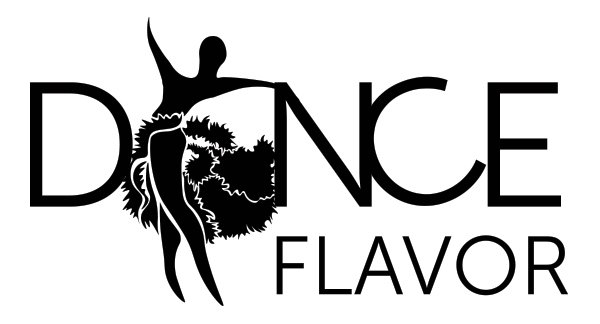Embracing the Dance Journey: Part Five – Prioritizing Mental and Physical Well-Being
Welcome back! In this part of the series, we will focus on the significance of mental health and physical well-being in the dance journey. Dance is not only a physical activity but also an emotional and mental one, so read on to get some ideas for making your dancing enjoyable and sustainable in the long-run.
1. Mental Health and Mindfulness in Dance
Dancers often face pressure, whether from performances, competitions, or personal expectations. It is very easy to get emotional rather than rational in the midst of it all. This is just as true for professional dancers as for those who just signed up for their first month of classes as an adult. And while it is great to be passionate about dance, too much emotion can significantly hinder your progress. Sure, it is upsetting when a step doesn’t work, your partner cancels practice, or your teacher says you are not ready for pointe work. But these are all short-term setbacks, which you can overcome with a little patience.
Practicing mindfulness can help dancers manage stress and focus on the productive things they can do right now to master challenges. Techniques such as deep breathing, visualization, and grounding exercises can help us stay present in the moment, reduce performance anxiety, and enhance our overall enjoyment of dance. Something as basic as taking three deep breaths before reacting to a challenge can help improve focus, creativity, and emotional expression during classes, practice, and performances, so give it a shot.
2. Setting Realistic Goals
Setting achievable and measurable goals is essential for maintaining motivation and focus throughout your dance journey. Rather than overwhelming yourself with lofty ambitions, break your goals down into smaller, attainable steps. Instead of aiming to “be a better dancer/the greatest dancer of all time,” think of specifics of what this involves. For example, aim to master a specific technique over the next few weeks, then commit to practicing it for a specified number of days per week. This may feel like a dry and uncreative approach to your art, but it is the only one that works every time, and gives you clear, measurable results. By establishing clear objectives, you create a roadmap for your progress, making it easier to celebrate your successes along the way, and stay motivated during challenging times.
3. Finding the Right Class and Instructor
In the previous section, we talked about finding and helping build the right dance community. Choosing the right class and instructor is very similar. It can significantly impact your growth and enjoyment as a dancer.
Take the time to research different dance styles, studios, and instructors to find the best fit for your goals and learning style. Consider factors such as class size, teaching approach, and the instructor’s experience. Also, here is the time to use your emotions and gut feelings. Does the studio feel good to you? Do you feel excited, or stressed as you walk through the door? Does your dancing matter to your teacher, or does the studio focus on advanced or pre-professional dancers, and you are only a monthly fee to them?
Sometimes, finding the right class can be a challenge, especially for those dancers living in smaller and more remote areas. You may need to look into online dance options, or commit to traveling a longer distance to get to class. But finding the right studio and instructor can make a difference between a life-long dance journey, and that one time you tried a dance class.
4. Injury Prevention and Awareness
Injuries are a common concern in dance, making it essential to prioritize injury prevention and awareness. We have talked about this many times before on this blog, but it cannot be stressed enough. Listen to your body and recognize the signs of fatigue or discomfort. Learn the difference between being tired and being injured. Incorporate proper warm-ups and cool-downs into your routine to prepare your muscles for movement and aid recovery.
Additionally, it is worth spending a bit of time learning about common dance injuries and implementing preventive measures, such as maintaining flexibility through regular stretching, strengthening exercises, icing, and consulting professionals when needed.
5. Taking Breaks
This is a sensitive topic for many dancers. So many of us feel that taking a break from dancing is the same as giving up on your goals and dreams. But this is essential in helping your dancing last a long time and stay enjoyable and pain-free.
Yes, daily practice is what makes you improve. However, periodic rest is necessary for your body to replenish its energy, and restore its ability to master new challenges. Giving your body time (like a week, not 20 minutes before the next class) to recover is not only helpful physically, but also gives you a chance to miss dancing, allowing you to get back to it with a hunger and passion that you’ve forgotten you once had.
Final Thoughts
Remember, dance is not just about the steps. The art that you see behind each dance step comes not only from the technique, but from the human being that is behind it. Nurturing your mind, body, and spirit as you move through your dance career is essential for your art to thrive.
Feeling inspired to explore the world of dance? Dance Flavor offers live and on-demand classes in various styles. Don’t be shy - contact us with any questions, or to try a private class in the dance of your choice!

